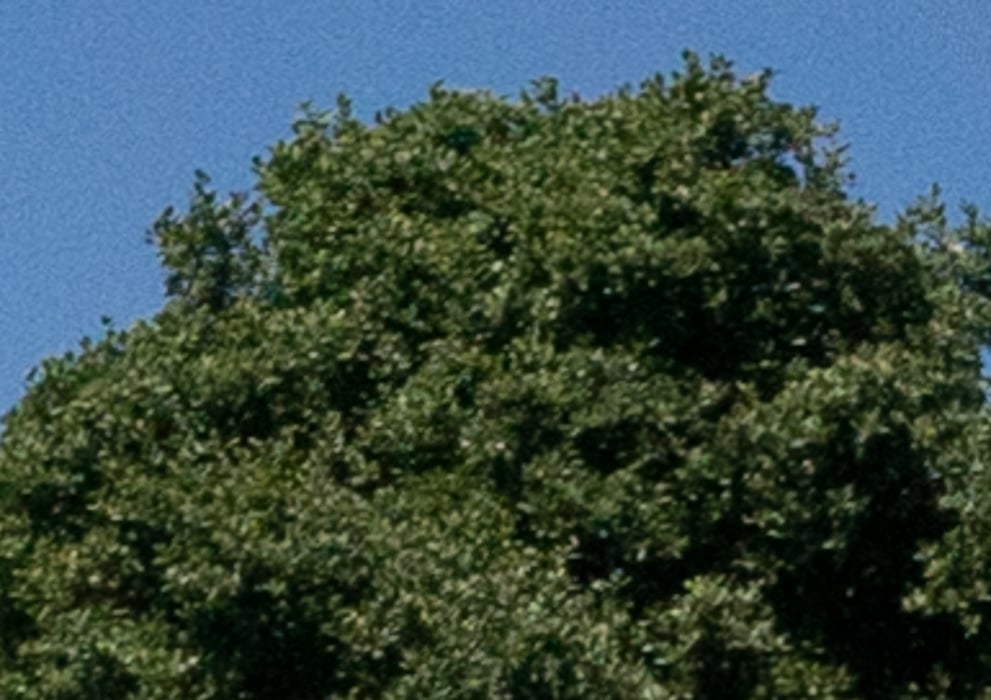This is the 15th in a series of posts on the Sony a9. The series starts here.
Unlike the Sony a7x cameras, the a9 has no built-in sweep panorama mode. Good riddance, say I.
Not because I don’t like sweep panos. I like them a lot. But because the Sony process-the-pano-in-the camera scheme produced low-res JPEG-only panos that were full of artifacts, and couldn’t be easily fixed up in post.
For those of you who overlooked the brain-dead a7x feature and haven’t used the sweep pano mode on an iPhone, here’s the deal. In a regular panorama, you hold the camera still while making each exposure, sometimes going to great lengths to make sure the camera is rotated about the right place inside the lens. With a sweep pano, you wave the camera around while it’s snapping off exposures, and count on a high shutter speed to keep the blur in each shot down to a tolerable level, so the picture looks sharp when it’s stitched.
One of the disadvantages of regular panoramas is that they don’t work well if the subject is moving around. That makes the stitching dodgy. The great advantage of a sweep pano is that it can tolerate some subject motion, since all the pictures are taken at about the same time. Think of it as a focal-plane shutter with a really strange curtain.
I figured the 20 fps capture ability of the a9 would make it a fantastic sweep pano camera. I did a quick proof of concept test. I put a Loxia 31/2.8 on the camera, set the ISO to 1000, the f-stop to f/5.6, the shutter speed to 1/8000 second, the drive mode to CH, held the camera in portrait orientation, and swept it from left to right for about a second. The camera made 22 exposures. I brought the images into Lightroom, and used the built-in, quite unsophisticated, stitching software to assemble a 16000×6000 pixel pano. I put a black border around it in Photoshop, and I’ll show it to you uncropped so you can see the edges of the captures:
If you zoom into this at 1:2, it is sharp, sharp, sharp. Lightroom had not trouble stitching it. Of course, there was little if any movement in this scene, but The speed of the capture was fast enough that it would have tolerated quite a lot.
I next held the camera in landscape orientation, and made a three-column set of captures: 33 images in about a second and a half. The resultant stitch was 11,500×7500 pixels before the border was added. here’s what it looks like with a border:
This one stitched just fine, too, even though Lr is far from the sharpest knife in the drawer for stitchery.
A close look at 200% magnification:
That’s with the Lr default noise reduction, which is not quite enough at ISO 1000. I have no doubt that I could have gotten away with a slower shutter speed than 1/8000. That means I could have probably used a lower ISO. There’s a tradeoff between speed of capture, lens focal length, and IOS setting that needs some experimentation to work out. One thing to remember is that panos are usually res’ed down to print, and that will get rid of a lot of the noise that you see in the sky above.
But it’s clear that the a9 makes the sweep pano envelop much larger than it ever has been.



[…] The Last Word – Sweep panos with the Sony a9 […]